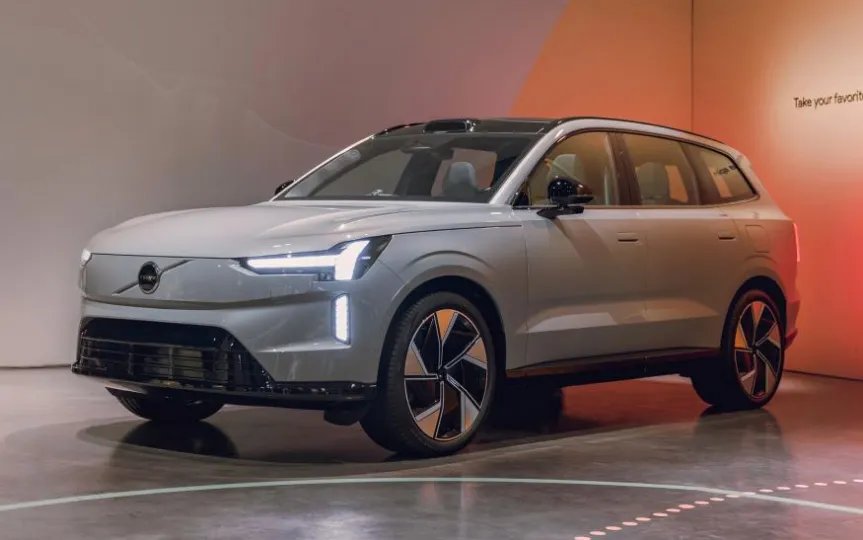Volvo Joins Tesla in Adopting Electric Vehicle Charging Standard
Volvo has announced that it will be utilizing Tesla’s North American Charging Standard (NACS) port for its electric cars in the US, Canada, and Mexico. The C40 Recharge, EX30, and EX90 models will be able to connect to Supercharger stations through an adapter from the first half of 2024, while future models from 2025 will have NACS built-in. An adapter will also be available for upcoming EVs that use the Combined Charging System (CCS) format. This move follows other manufacturers adopting Tesla’s EV charging technology.
Volvo is not shy about its reasons. It wants drivers to have access to an “easy and convenient” charging network, which means Tesla Superchargers. The company claims the deal will give owners access to an additional 12,000 fast charging locations. The Volvo Cars app helps users find stations and pay for them.
With the change, Volvo becomes the first European brand to use Tesla’s port. It joins American brands that have made the leap, including Ford, GM and Rivian. These companies are also promising adapters for current models followed by original NACS ports.
Tesla opened NACS in late 2022, when the technology will be available to all companies using it. At the time, it hoped charging networks such as Chargepoint and Electrify America would support the system. Although it has not yet materialized, NACS is quickly gaining support from car manufacturers as well. Texas needs Tesla’s connector for state-funded charging stations, and SAE International is working on a standardized version of the plug.
Other car giants are uncertain about using Tesla’s technology. Stellantis (owner of Chrysler, Alfa Romeo, Fiat and other brands) told Reuters it was “evaluating” NACS, while Hyundai is also considering implementation. The change is not necessarily easy. Manufacturers like Hyundai and Porsche have 800-volt architectures that allow for faster charging than current Superchargers, and will either have to pressure Tesla to update the technology or accept less-than-ideal charging speeds. Still, the pressure to adopt Tesla’s form is clearly growing.




